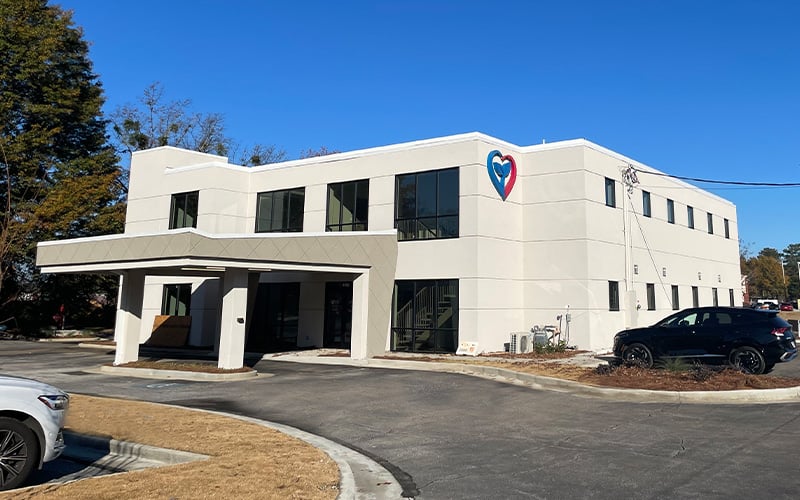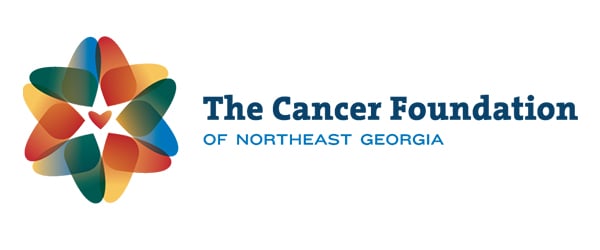Overview:
Anemia is a common blood disorder. It occurs when you have fewer red blood cells than normal, or not enough hemoglobin in your blood. Hemoglobin is the iron-rich protein in red blood cells. It carries oxygen from your lungs to all parts of your body. There are many forms of anemia, each with its own cause. Anemia can be temporary or long term, and it can range from mild to severe. Signs and symptoms of anemia can include faster than normal heart rate, fatigue, being irritable, headache, irregular menstrual cycles, sore or swollen tongue, jaundice, and enlarged spleen or liver.
There are many kinds of anemia. Each type involves different cause and treatment:
- Iron-deficiency anemia
- Aplastic anemia
- Chronic anemia
- Anemia of folate deficiency
- Cooley’s anemia
- Hemolytic anemia
- Vitamin deficiency anemia
Treatment:
Anemia treatment depends on the cause. Treatment can include:
- Treating an underlying cause
- Vitamin supplements
- Change in diet
- Blood transufsion
- Medicine
- Bone marrow transplant
- Surgery to remove the spleen
- Chemotherapy
To learn more about anemias, click here.
















